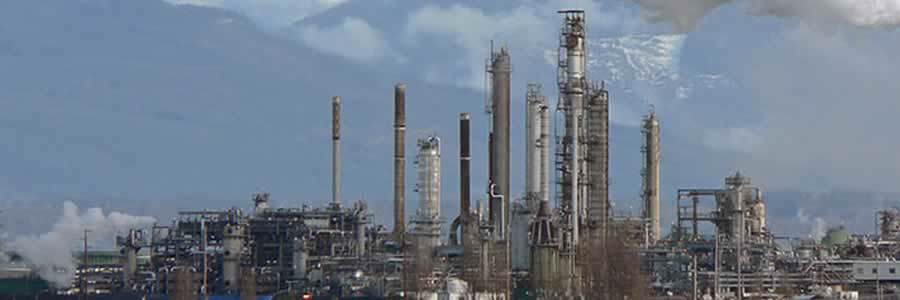Section 8 - Equipment Piping

- Details
- Written by Jop
- Category: Section 8 - Equipment Piping
This article should only be used as a guide. It's intended purpose is to help the piping designer who is responsible for placement of one specific item in a typical refinery, chemical or petrochemical process plant or someone who may need help in developing a total plot plan for a complex unit.
The guidelines given here are based on my many years of experience with one of the world's largest engineering, design and construction companies along with the U. S. OSHA Part 1910 and the NFPA (National Fire Protection Association) Code No. 30.
- Details
- Written by Jop
- Category: Section 8 - Equipment Piping
The question on many minds may be "Why does Piping do Vessel Orientation?" We can answer that question two ways. The first answer would be, because of the traditional role of Piper and the content of the vessel orientation activity itself. The traditional role of the Piper has always been the bringing together of multi-discipline information to create the plant layout and piping plans. The activity of vessel orientation has the same multi-discipline focus.
- Details
- Written by Jop
- Category: Section 8 - Equipment Piping
Vessel orientation is normally the only equipment related layout activity that can be done without specific input from a vendor. All of the information required for vessel orientation is generated on the project in the form of P&ID data and project standards. It is also one of the few activities that will feed one or more other downstream groups whose work is critical to the project schedule.
- Details
- Written by Anton
- Category: Section 8 - Equipment Piping
The process used in the extraction of various hydrocarbons is distillation, or fractionation , and the process happens in a Distillation or Fractionation Column.
So how does the distillation process work?